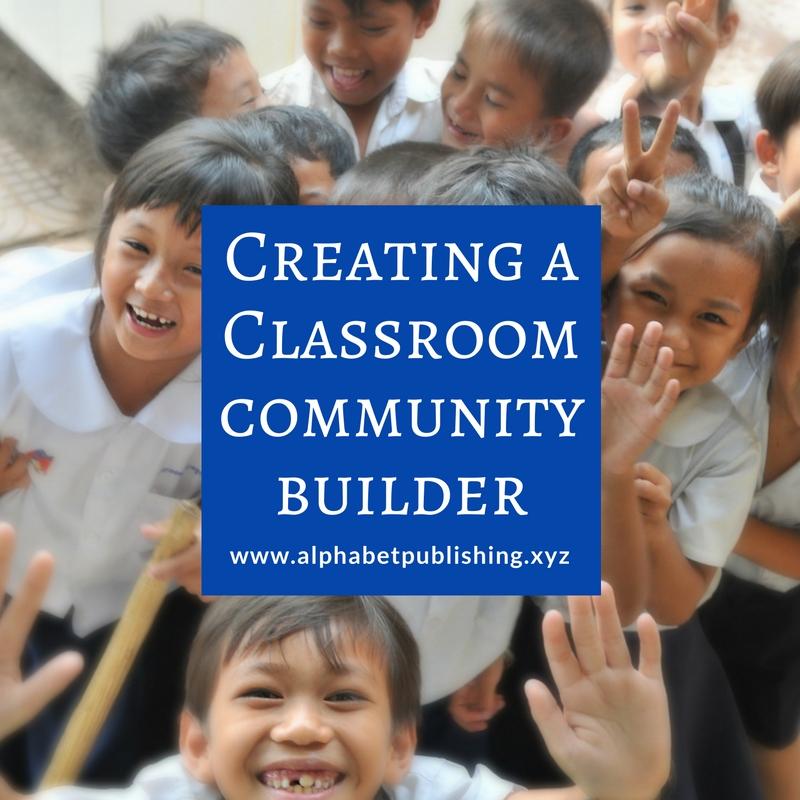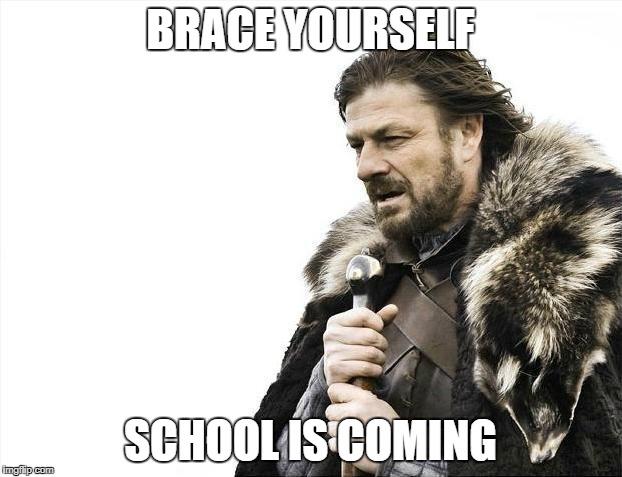The first day of class is always a mixed blessing. Going back to school is very exciting and meeting new students for the first time is always a pleasure. But it’s hard to plan for […]

I Don’t Know an Interesting Fact About Myself
A while back, I did a workshop for teachers from the former Soviet Union. I wanted to do a warmer, so I pulled one of my favorite quick icebreakers out; say one interesting fact about […]

Creating a Classroom Community Builder Activity
I’m a big proponent of getting to know you activities, not only on the first day of class, but beyond. However, you should definitely do icebreakers or warmers mindfully. Getting to know you activities are […]

Back to School Advice from Our Authors
We’ve had a post up for a long time on classroom community builders and icebreakers full of back to school advice. We’ve even put up a post of general first day tips! And now that […]
Building Classroom Community Presentation
When I started writing this, I was coming off my high from an awesome TESOL 2018, and apparently it was a pretty good conference, as the first clause of this sentence is all I wrote […]

Resources for Classroom Community Builders and Icebreakers
SoOn this page, we’re collecting some great resources for classroom community builders and icebreakers. That includes particularly useful back-to-school activities and articles to build community and get your students and classroom ready to work hard, […]

